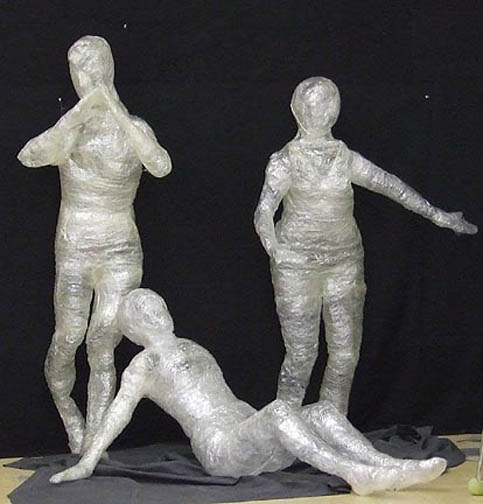Speaking Body Language
“We talk to hear ourselves.”- Byron Katie. 
Everyone has had the experience of thinking out loud. We speak, and as we hear ourselves, our thoughts are played aloud for review. It’s useful and probably natural. It definitely helps us become articulate.
Likewise, we move to speak to ourselves. The way we move tells us how we are feeling. It tells us when we sense danger, are excited, feel sadness, anger, pleasure, satisfaction, hunger, etc. Howard Gardener wrote about multiple intelligences. He defined one kind of intelligence as “intra-personal”, meaning self knowledge and skill. Learning to “speak ” our own body language is one way to quickly increase intra-personal intelligence.
When we are feeling pain, it is often a message from our bodily self. By listening to the message, we can act effectively and in accordance with our deepest needs. This is a skill that accrues with experience. Over time, we become more familiar with our physical dialect. Our sense of self is deepened.
We all have a personal movement signature. You know that you recognize friends from a distance, before you can clearly see their faces. You are recognizing their movement signature.
Included in our signature are movements that speak about unresolved needs and wants. Someone who is angry but not necessarily able to verbalize  it may walk with a tight fist. A depressed person may slump, or even lean as if waiting for someone to support her.
it may walk with a tight fist. A depressed person may slump, or even lean as if waiting for someone to support her.
Taking notice of our personal signature and the clues it contains can make a huge difference in our decision process. And it can obviously affect our social function. We are always speaking body language, but only a few of us even realize that the conversation is happening.
